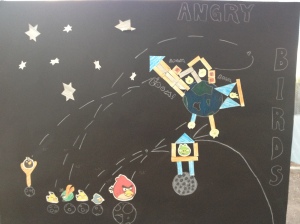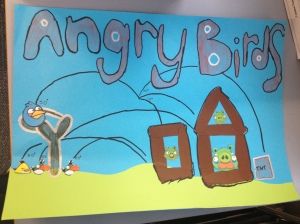Hi… so school has just finished and phew what a day!! We have just finished completing an awesome activity: Chip Classification! I have a grade 6/7 class and the 6’s are learning about living things and the grade 7’s are learning about classification among other things. So, usually I would teach the two grades separate content but I figured it overlapped enough and I thought it would be a valuable learning experience for all my students. Here are the science ACARA links for 6 and 7 if you’re interested.
i was introduced to this chip classification idea about a year ago by a teacher at the Paradise Campus of our school located in Adelaide. It sounded like a great idea and I wish I had taught this sooner!
My students loved it! I began planning last night… let me walk you through it!
- I researched chip classification online and came across some great instructions here and here and here.
- I then made a sheet with the various brands of chips on them.
- I bought LOADS of chips… as many different varieties as possible!
- I made bags of chips with a few chips of each kind in it!! One bag for each group!
- I grouped my students and made my grade 7’s leaders of the 5 groups.
- We handed out the bags and explained that the first step is to classify them into 2 groups of chips according to likeness!
- Then… they were off! Some got a little confused as they classified the chips according to broken chips and unbroken haha oops!!
- We got there in the end!!
- Each group wrote out their classifications. It was interesting because each group was slightly different but all showed the various pathways they had taken to classify their chips together!
It was definitely a memorable lesson and a good experience upon which I can teach living things (grade 6) and classification (grade 7)
Awesome activity!! Give it a go!!



